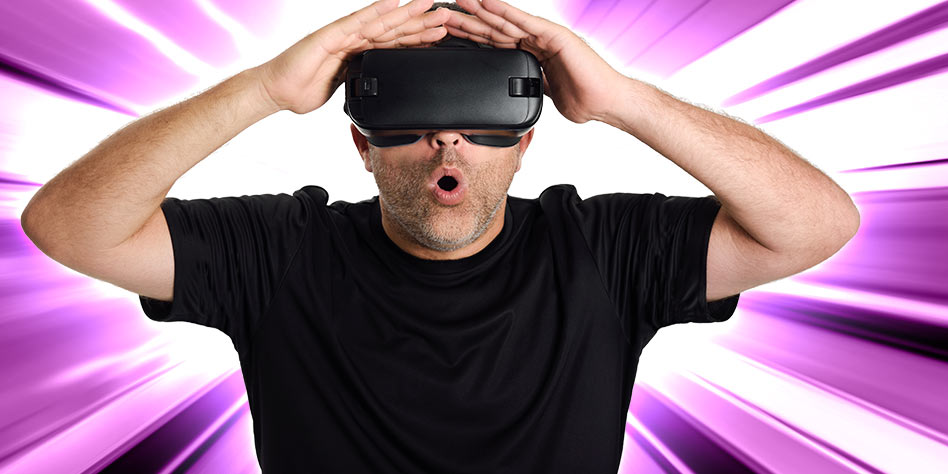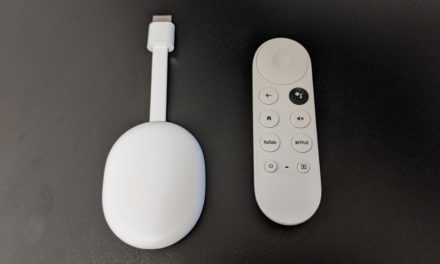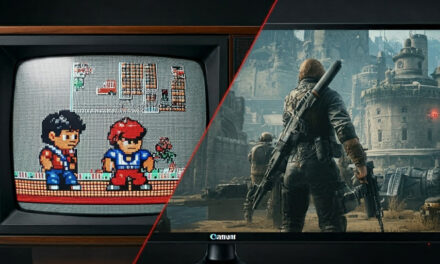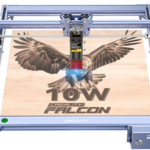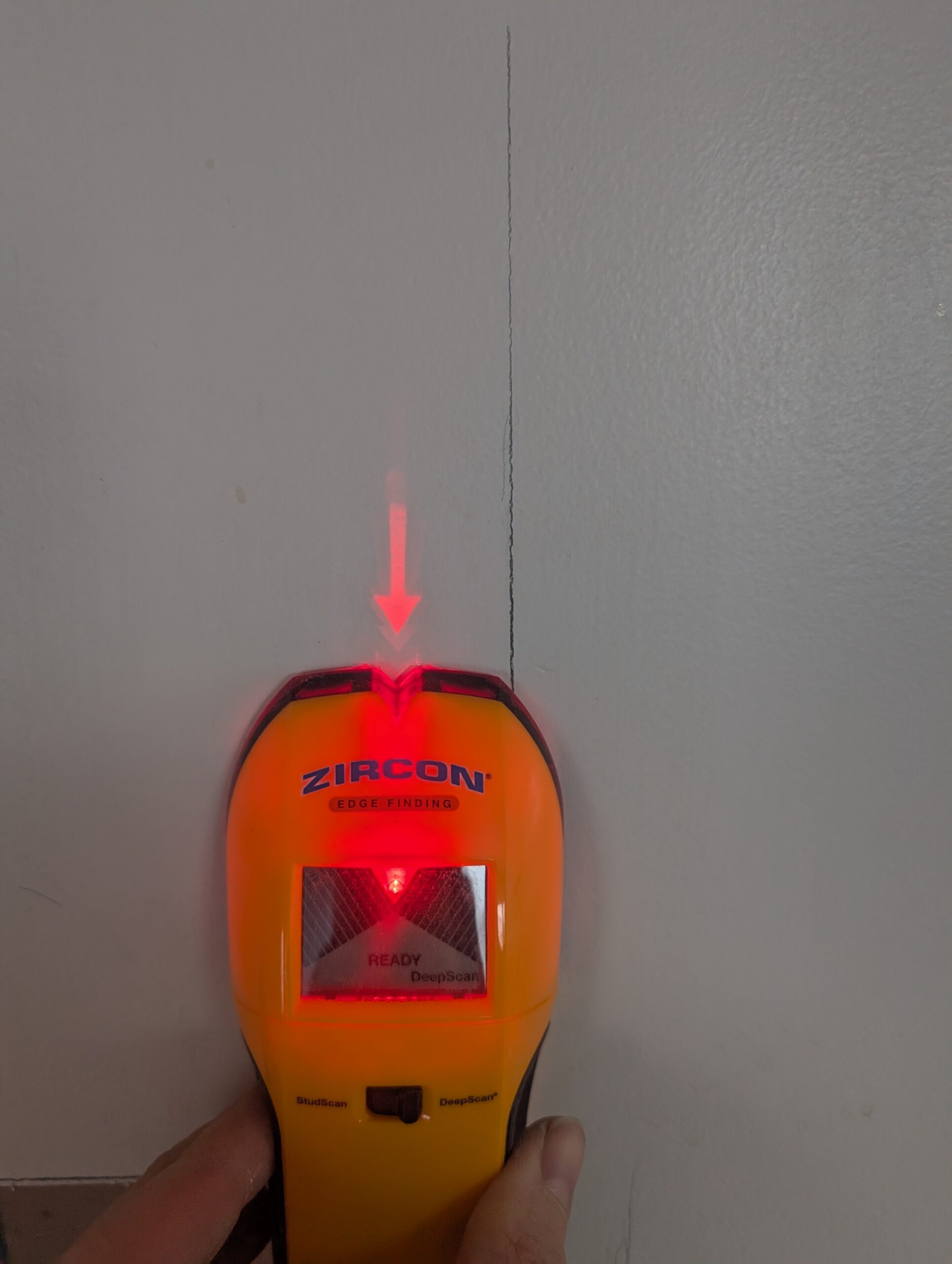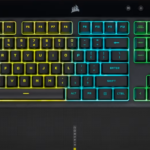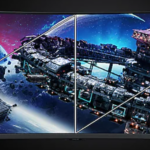Part 1: How far have we come?
In 1987, the series premier of Star Trek: The Next Generation aired, introducing the world to the idea of the “Holodeck”. Existing in a fictional distant future, this sophisticated device allowed one or more users to enter into a simulated reality where holographic projections could replicate any environment imaginable. Users in the Holodeck were presented with “programs” that ran with such visual fidelity that they were indistinguishable from reality. While the Holodeck was certainly not the first depiction of Virtual Reality in popular fiction, it was perhaps the most comprehensive for its time. Throughout the series’ run, the Holodeck made several appearances as a recurring plot device, undoubtable serving as inspiration to many people working on virtual reality and computer graphic technology at the time, providing a glimpse into the future where any reality imaginable could be simulated and fully experienced.
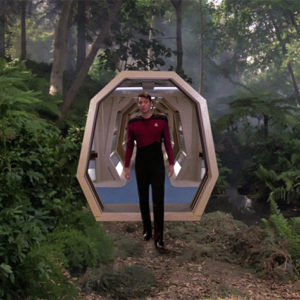
Star Trek Holodeck – The dream of VR
30 years ago, the idea that a Holodeck could exist in real life seemed to most to be an outlandish fantasy. However, with recent developments in VR, the future that we were promised decades ago appears to finally be within our grasp. Last year alone we witnessed the launch of several high-profile VR systems from major companies. VR now dominates major tech trade shows and gaming conventions and is advancing at an explosive rate. Many people are wondering if VR is finally ready for primetime. In its current form though, VR is barely functional and not worth the steep asking price. Though some of the long-standing obstacles in creating a comfortable VR experience have been worked out, several problems like visual fidelity, natural controls, and wider play areas need to be solved before VR is ready for the masses. With the current rate of advancement, these problems are on track to be solved in the very near future, and you’re better off waiting until the technology matures further before diving in.
VR has existed in various forms since the late 1960s. Expensive arcade machines, and home consumer products were available throughout the 80s and 90s to little success. After what seemed to be a long hiatus, VR entered into the mainstream again in 2016 with the launch of the Oculus Rift, HTC Vive, PlayStation VR, and Google Daydream. Unfortunately, this recent renaissance in VR technology does not mean that we are finally ready for the Holodeck experience that we were promised in the 80s. In fact, we have only solved a few of the problems that prevented the success of earlier systems, and have quite a long way to go still before VR can be considered truly immersive.
Early VR systems were notorious for causing motion sickness and discomfort to their players. As such, they could only be experienced for a short period of time before the user would inevitably begin to suffer symptoms such as nausea and headaches. Four key elements have since been identified as critical to delivering a fluid VR experience free from discomfort: high frame rate, low latency, low pixel persistence, and accurate tracking. To put it simply, the visual information that you are delivering to the player must be consistent, fast, and responsive. Even the slightest visual choppiness or lag will immediately cause discomfort. Early VR systems simply could not keep up with these stringent demands, and they failed as a result. The solution to these problems came from an unlikely source, mobile cellphone technology. The exponential advancement in cellphone screen technology and motion tracking over the last decade directly influenced the development of VR, and helped to overcome the barriers to delivering a comfortable experience.
Modern VR systems have overcome the problem of motion sickness that plagued their predecessors, and as a result, most players can experience VR for several minutes or even hours at a time with no discomfort. A lack of motion sickness is hardly a benchmark for success however, and in reality, only addresses a small part of what is needed from a holodeck style experience. Current systems are still considerably lacking in visual fidelity, user interaction and play area size. These limitations are well understood, and rapid advancements are being made to address them. The unfortunate conclusion is that investing several hundreds of dollars in VR today will leave you with an incomplete experience that will be severely lacking compared to what will be available in just a few short years.

